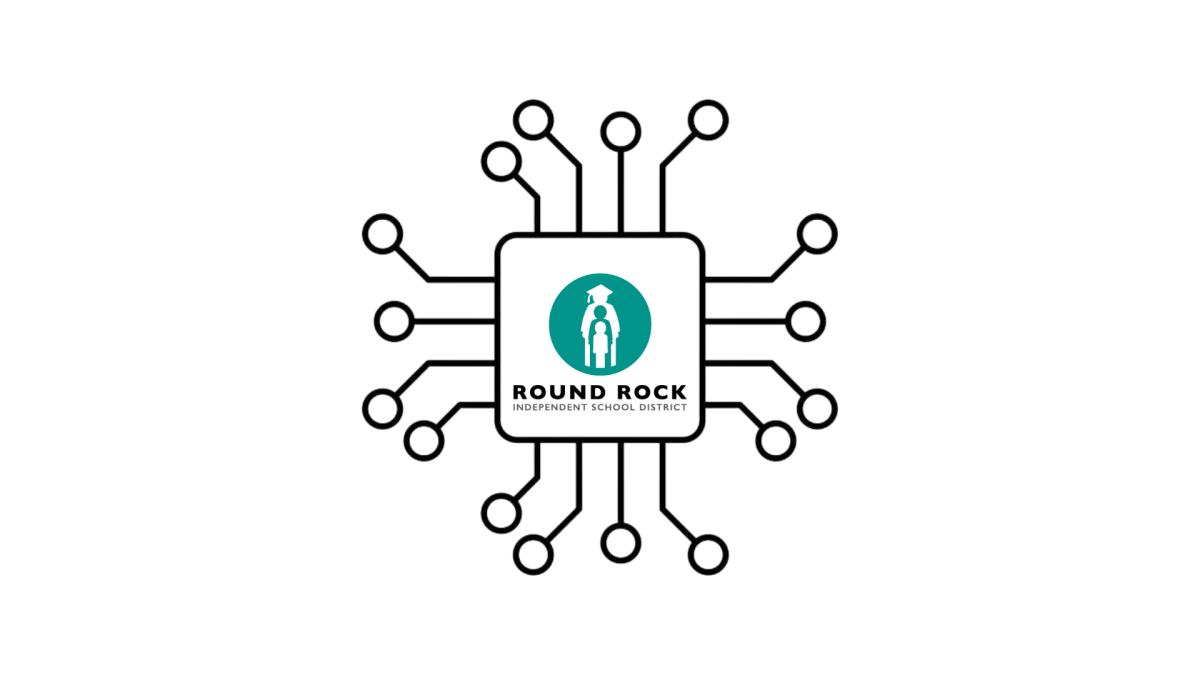“When are we going to use this in real life?” is a common complaint from high schoolers, stuck in the four constraining walls of a classroom, memorizing abstract content.
There is a glaring yearning from the youth for lessons that are actually applicable to their lives, which is only heightened once they leave these institutions and get hit with a myriad of real world issues. This need for imperative societal functioning skills is far overlooked, and why we should implement courses like finance, home economics and drivers education.
Graduation season is approaching rapidly, and it brings a wave of new adults who are in search of financial answers. Having a class that covers subjects like how student loans work, steps to apply for a credit card, being successful in an interview and more, could better prepare students for post-graduation problems. Furthermore, filing taxes, money management and saving and resume-building would be highly useful.
Of course, US high schools offer Macro for a guideline understanding of fiscal matters, but it is not individual-based. To improve the future financial lives of students, it would be beneficial to implement a class which provides a structure on how to handle these affairs.
Home Economics, a class was offered from 1899 to the late 1980s aimed towards women and tutoring them in domestic responsibilities such as cooking, sewing, child minding, cleaning and more. It was discontinued due to changing social environments and the fizzling out of the “housewife” role. Despite this, Home Economics should be revived with some changes.
Home Ec should be offered to and encouraged amongst all genders. Aiding all students in their homely skills could help limit the amount of collegiens with the strict diets of ramen noodles and fast food, or decrease the amount of roommates who don’t complete their fair share of chores. These skills are important in maturing into a capable adult and becoming self-reliant with a proper lifestyle.
Finally, Drivers Education. Like Home Ec, this course used to be fairly common in high schools across the country. They were eventually cut due to budget withdrawals to public institutions, but should definitely experience a revival.
Having accessible drivers ed would increase driving mobility and motivation for teens to gain their license. According to the Federal Highway Association, “The number of American 18-year-olds who had a driver’s license went down from 80% in 1983 to 60% in 2021.” This statistic alone shows that during times where driver’s education was offered in public schools, more young people drove. If it was brought back, we could return to this high driver mobility.
Additionally, offering a drivers education course could improve the safety of youth drivers significantly. A study by the University of Nebraska-Lincoln found that “11.1 percent of the driver’s education cohort was involved in a car crash, compared to 12.9 percent of those who did not take driver’s education.” These findings indicate that an established driver’s ed can significantly reduce crash propensity. This becomes relevant when considering that nowadays, drivers education consists mostly of private company and parent-taught lessons. If instead it was standardized, structured and monitored by licensed teachers, like it was when it was administered by public schools, driver safety would increase.
In conclusion, students’ lives could best be improved by the inauguration of classes applicable to the real world such as Finance, Home Ec and Drivers Education.







